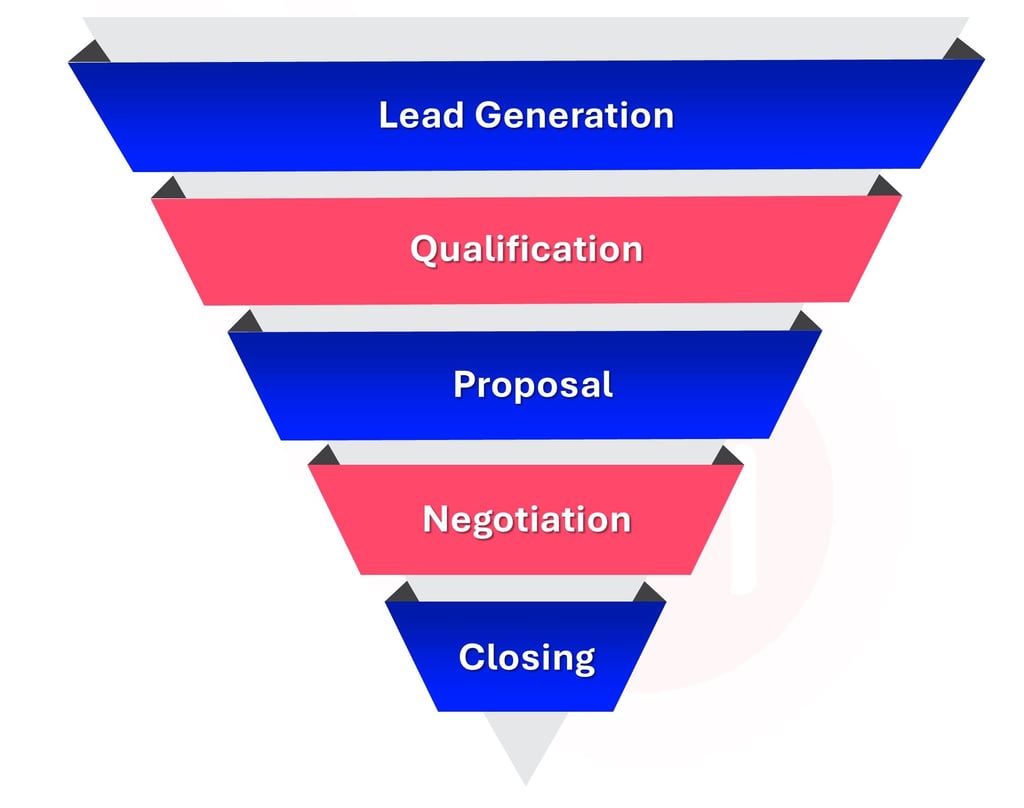Schedule your FREE Consultation Today!
Why Deals Get Stuck in Salesforce Stages (and How to Fix It)
One of the most common challenges I hear from sales leaders is: “Our deals sit in the same stage for weeks, and I don’t know why.” When opportunities stall, the pipeline becomes inflated, forecasts become unreliable, and sales teams waste valuable time chasing deals that may not close. The good news is that this is a solvable problem—and the solution starts with visibility.
11/14/20242 min read


One of the most common challenges I hear from sales leaders is:
“Our deals sit in the same stage for weeks, and I don’t know why.”
When opportunities stall, the pipeline becomes inflated, forecasts become unreliable, and sales teams waste valuable time chasing deals that may not close. The good news is that this is a solvable problem, and the solution starts with visibility.
The Problem: Lack of Stage Visibility
In many Salesforce setups, the sales process is defined by a series of opportunity stages, Qualification, Proposal, Negotiation, and so on. But what is often missing is visibility into how long opportunities stay in each stage.
Here’s why that matters:
A deal stuck too long in early stages is often a sign of poor qualification.
Bottlenecks in middle stages can indicate unclear next steps or weak handoffs.
Deals sitting at the end of the pipeline with no movement inflate forecasts and set false expectations with leadership.
Without knowing how long deals remain in each stage, managers cannot identify where the process breaks down or step in to help their reps move deals forward.
The Solution: Tracking Stage Duration
The key to solving this problem is tracking how many days each opportunity spends in every stage. With the right reports and dashboards, organizations can:
Spot bottlenecks quickly
Identify patterns where deals consistently slow down
Coach reps with stage specific guidance
Improve forecast accuracy by cleaning up stalled opportunities
For example, by building a report that measures “time in stage,” sales leaders can see that deals often stall in Negotiation for 20+ days. Armed with that knowledge, they can focus on providing reps with negotiation tools, better pricing guidelines, or clear escalation paths.
Why This Matters
Salesforce is only as valuable as the data it provides. If your team can’t see how long deals are stalled, you’re missing one of the most powerful insights available. Once stage duration tracking is in place, leadership can make data-driven decisions, coach more effectively, and keep the pipeline moving.
Next Steps
If your team struggles with stalled deals, start by reviewing whether you can track stage duration in Salesforce today. Even a small adjustment to your reporting can make a huge difference in pipeline health.
You can also set up time with me directly to discuss how to uncover hidden inefficiencies in your Salesforce setup: Calendly
